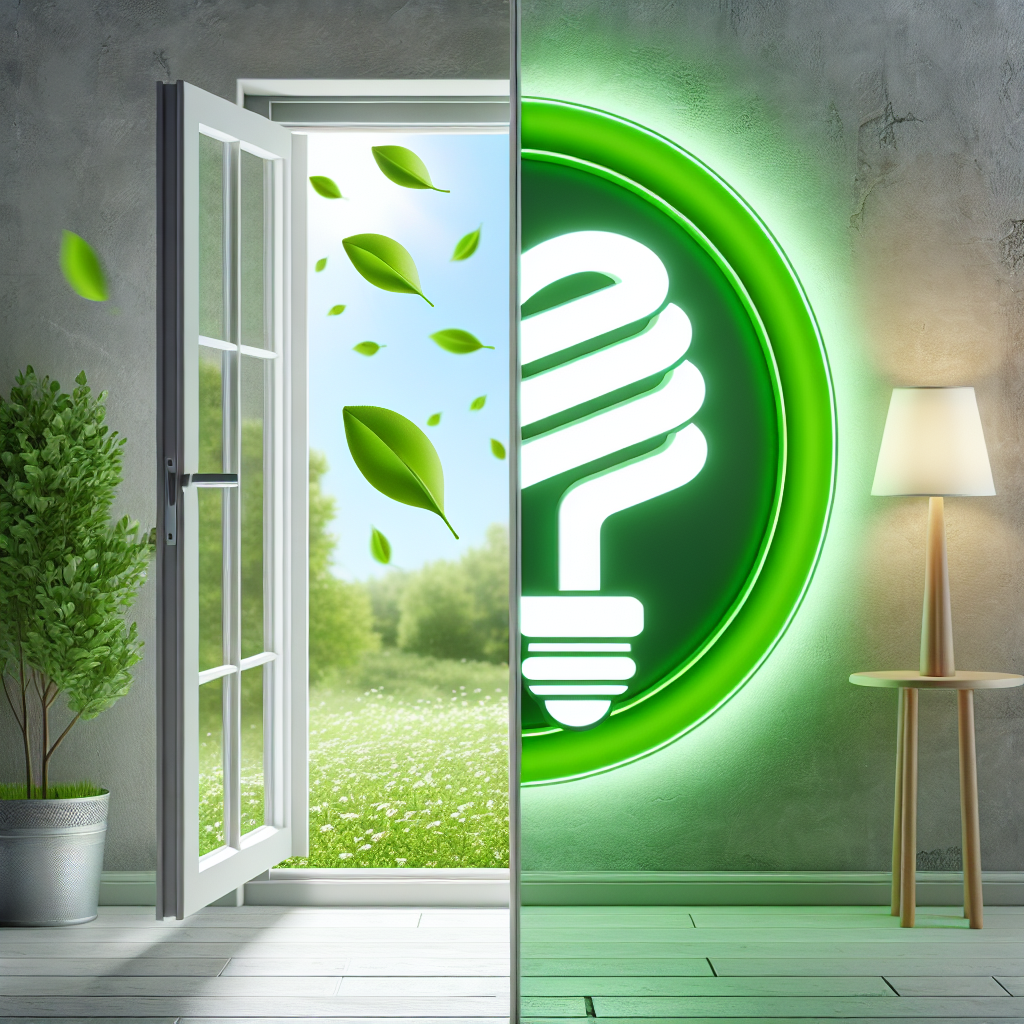When it comes to energy efficiency in buildings, one often overlooked factor is ventilation. Proper ventilation plays a crucial role in maintaining a comfortable indoor environment while also reducing energy consumption. In fact, the connection between ventilation and energy efficiency is undeniable, as proper ventilation can significantly impact a building’s overall energy performance.
One of the main reasons why ventilation is so important for energy efficiency is its impact on indoor air quality. Poor ventilation can lead to a buildup of indoor pollutants, such as volatile organic compounds (VOCs), mold, and allergens, which can have a negative effect on occupants’ health and well-being. In order to maintain good indoor air quality, buildings need to have adequate ventilation systems in place to remove these pollutants and bring in fresh air from outside.
However, the challenge lies in balancing the need for ventilation with the need to reduce energy consumption. Traditional ventilation systems can be energy-intensive, especially in buildings with high occupancy or in areas with extreme weather conditions. In order to achieve energy efficiency, buildings need to implement smart ventilation strategies that optimize airflow while minimizing energy usage.
One way to improve ventilation efficiency is by using advanced controls and sensors to monitor indoor air quality and adjust ventilation rates accordingly. For example, demand-controlled ventilation systems can adjust airflow based on occupancy levels, reducing energy waste in unoccupied spaces. Additionally, energy recovery ventilation systems can capture and transfer heat or coolness from exhaust air to incoming fresh air, reducing the need for additional heating or cooling.
Another strategy for improving ventilation efficiency is by implementing natural ventilation techniques, such as operable windows, passive ventilation systems, and outdoor air intakes. These methods take advantage of natural airflow patterns and thermal currents to provide fresh air and maintain comfortable indoor temperatures without relying on mechanical systems.
Furthermore, building design plays a critical role in ventilation and energy efficiency. By incorporating features such as orientation, building envelope design, insulation, and shading, architects and engineers can create buildings that are naturally ventilated and require less energy for heating and cooling. Properly designed buildings can take advantage of passive ventilation strategies to reduce reliance on mechanical systems and minimize energy consumption.
In conclusion, the connection between ventilation and energy efficiency is a crucial aspect of sustainable building design. By implementing smart ventilation strategies, utilizing advanced controls and sensors, and incorporating natural ventilation techniques, buildings can achieve optimal indoor air quality and energy performance. As the importance of energy efficiency continues to grow, it is essential for architects, engineers, and building owners to prioritize ventilation as a key component of sustainable design.


Leave a Reply